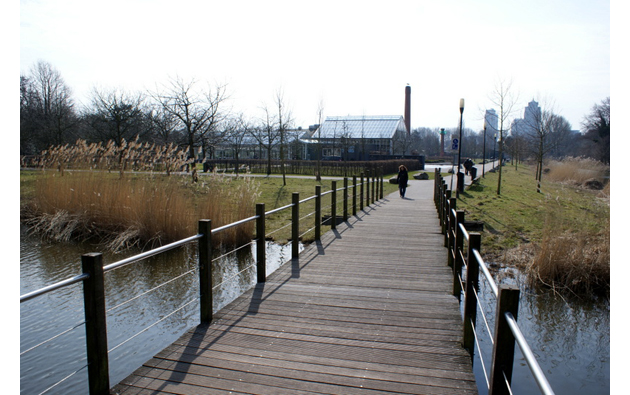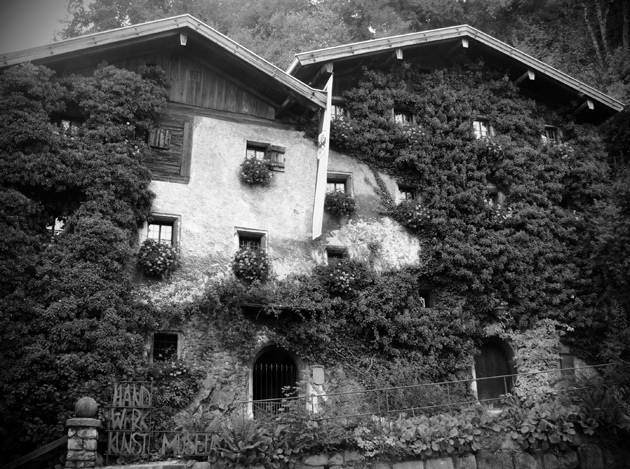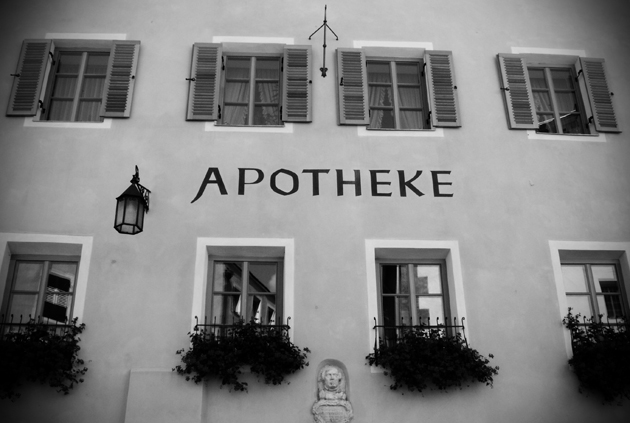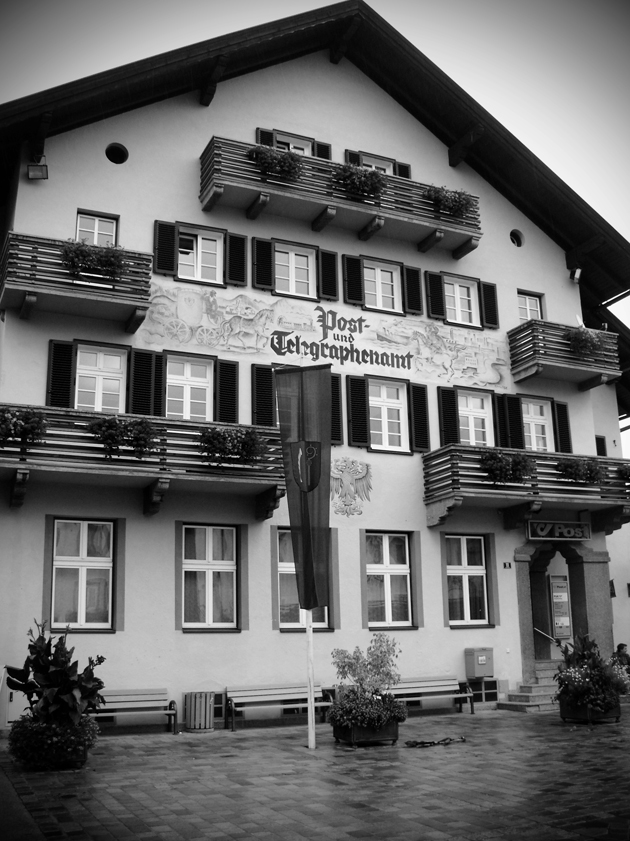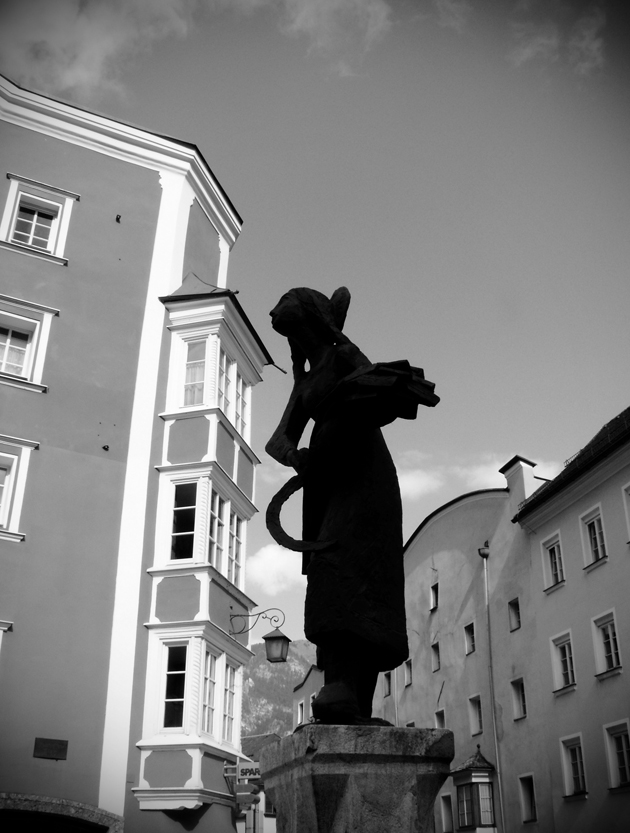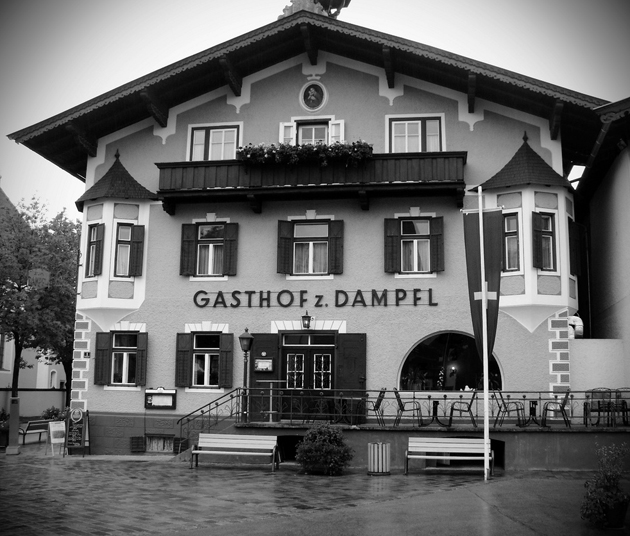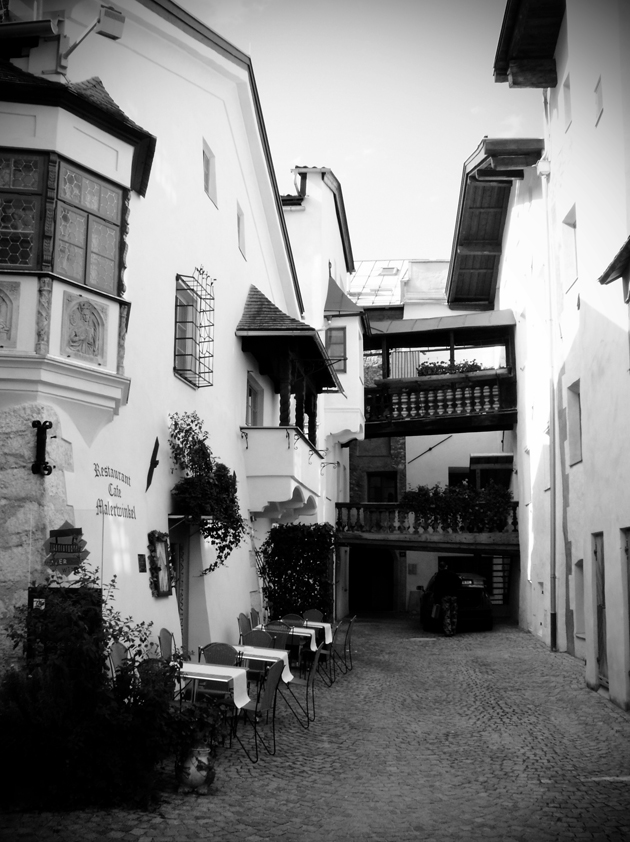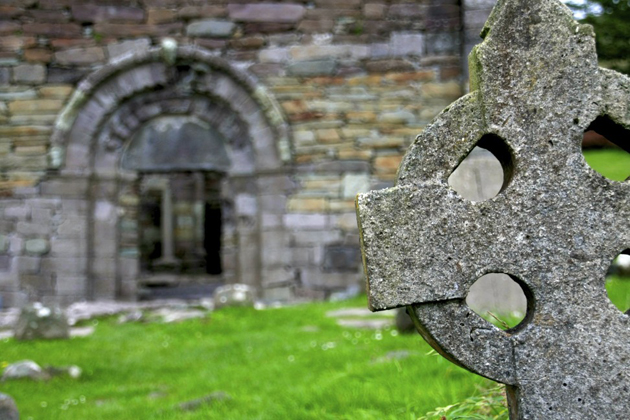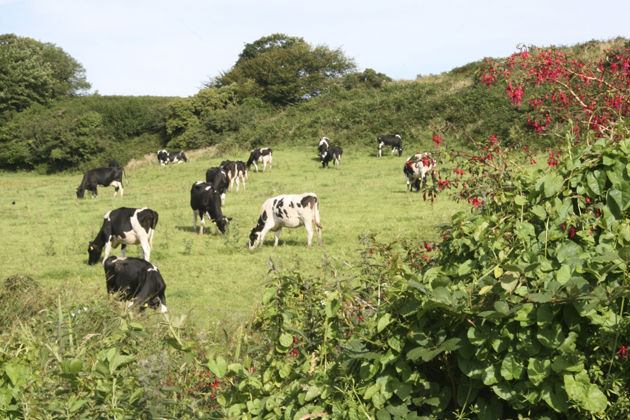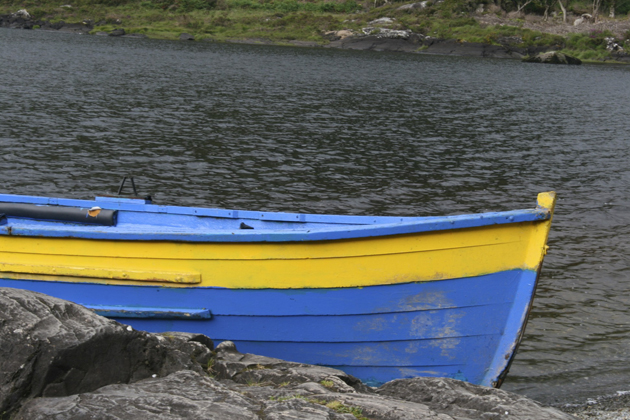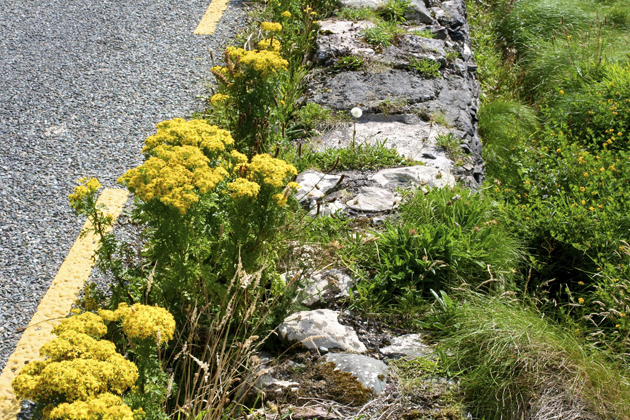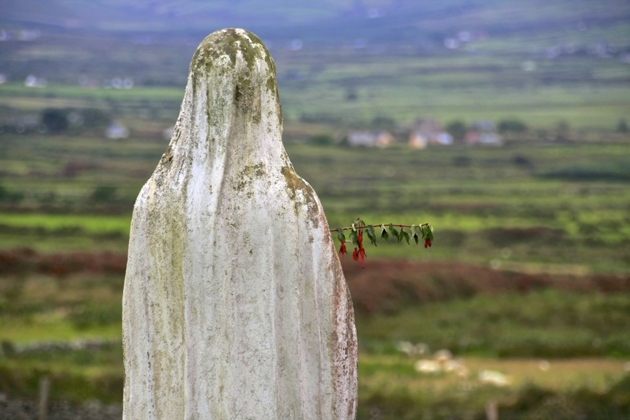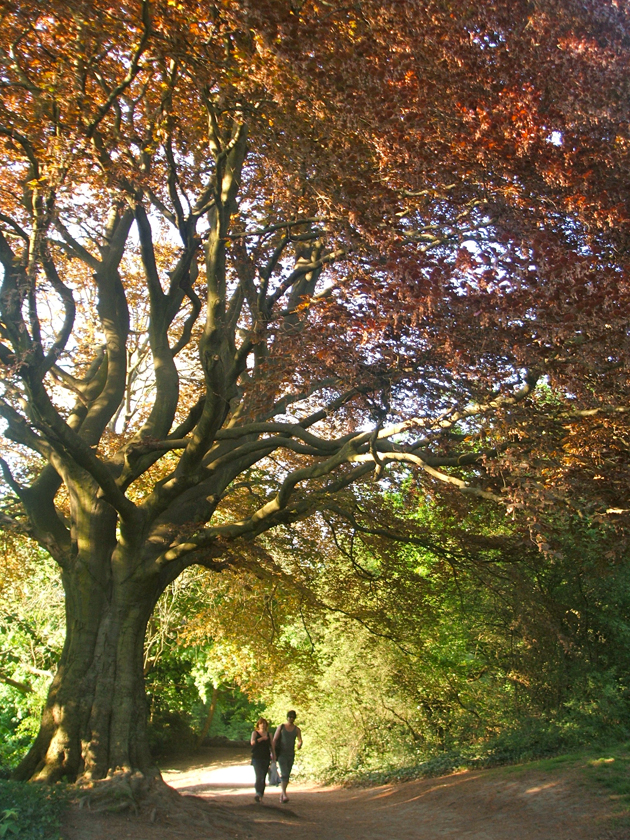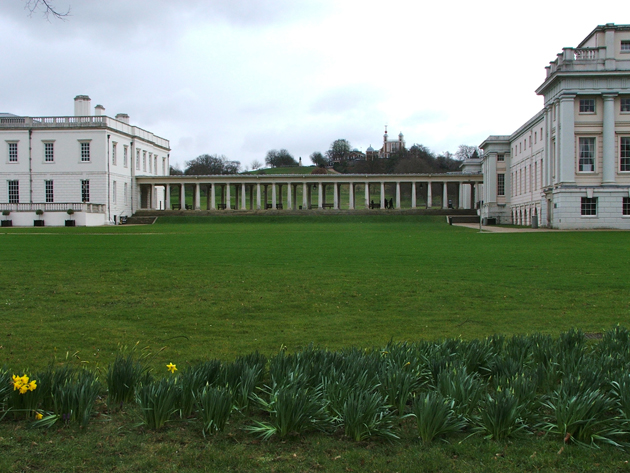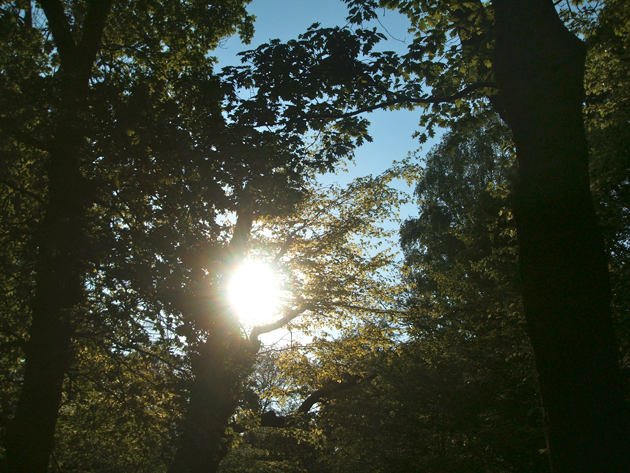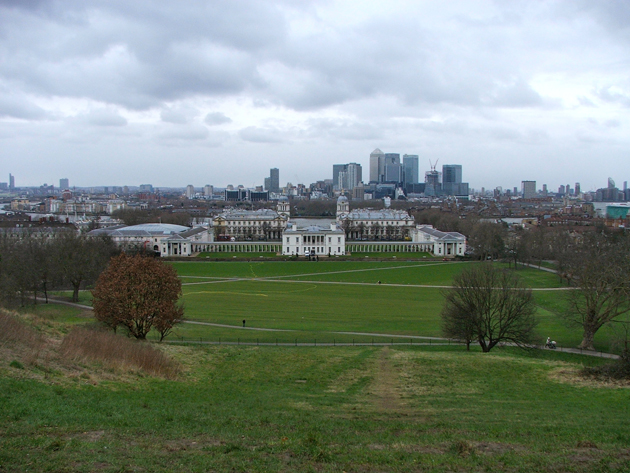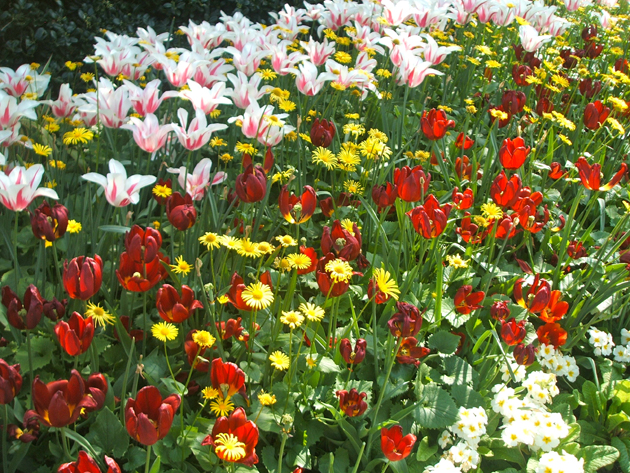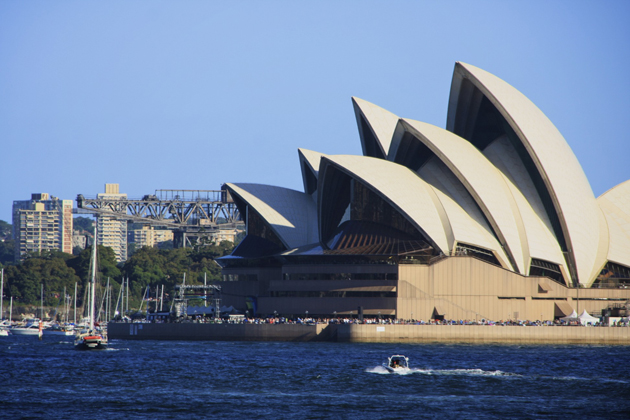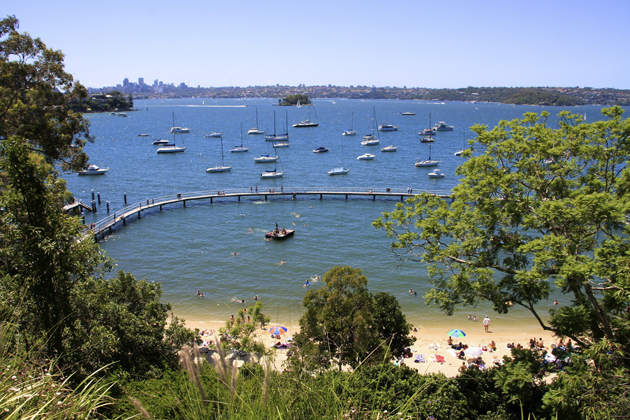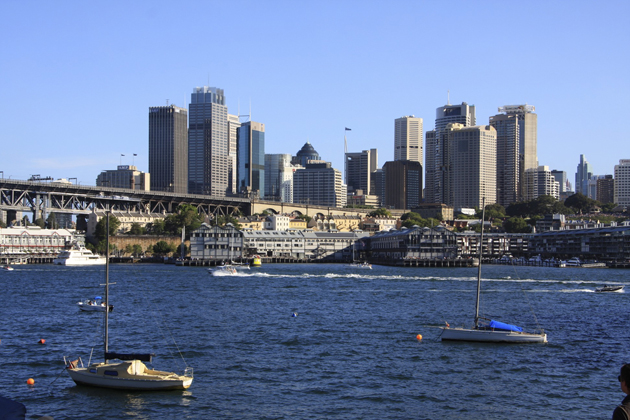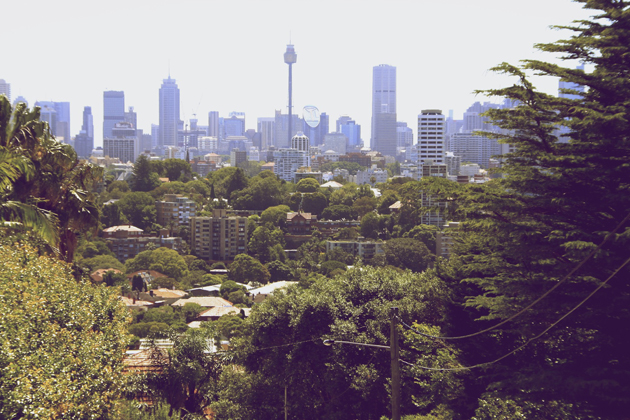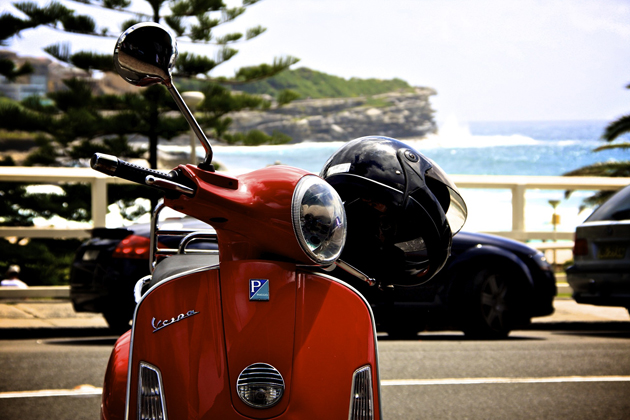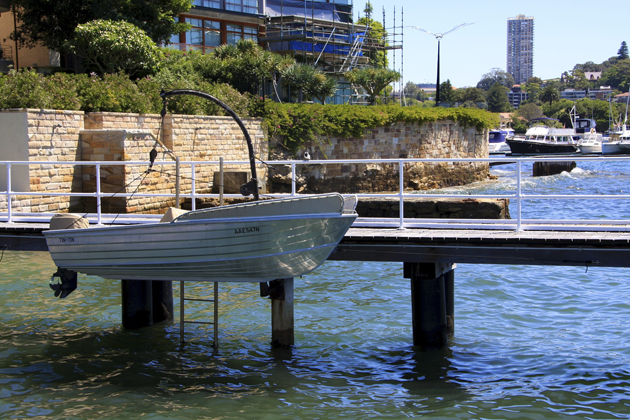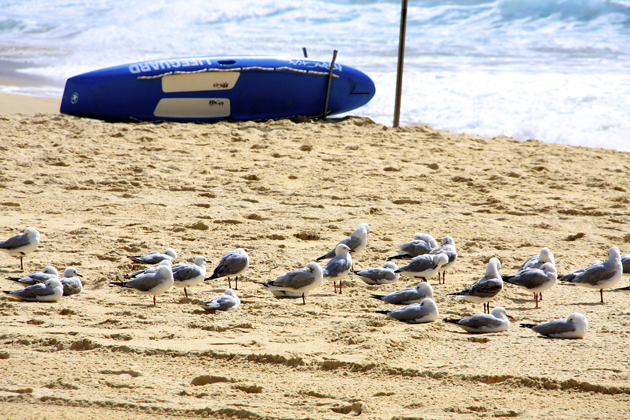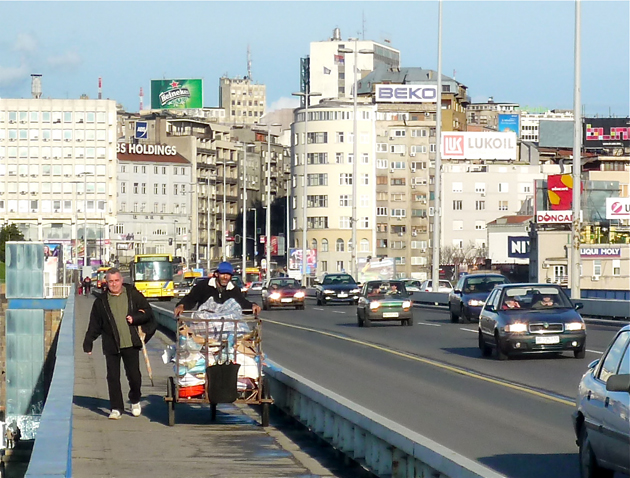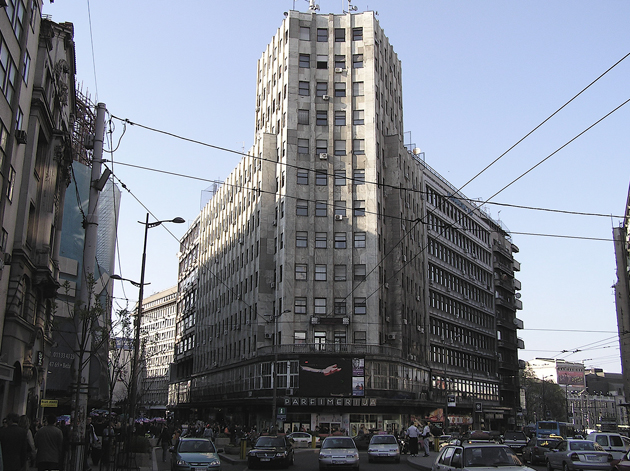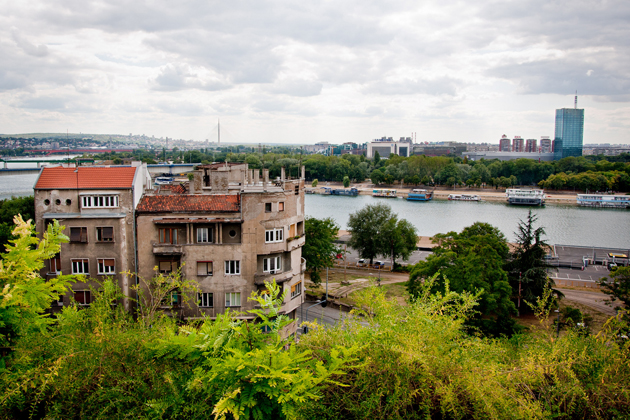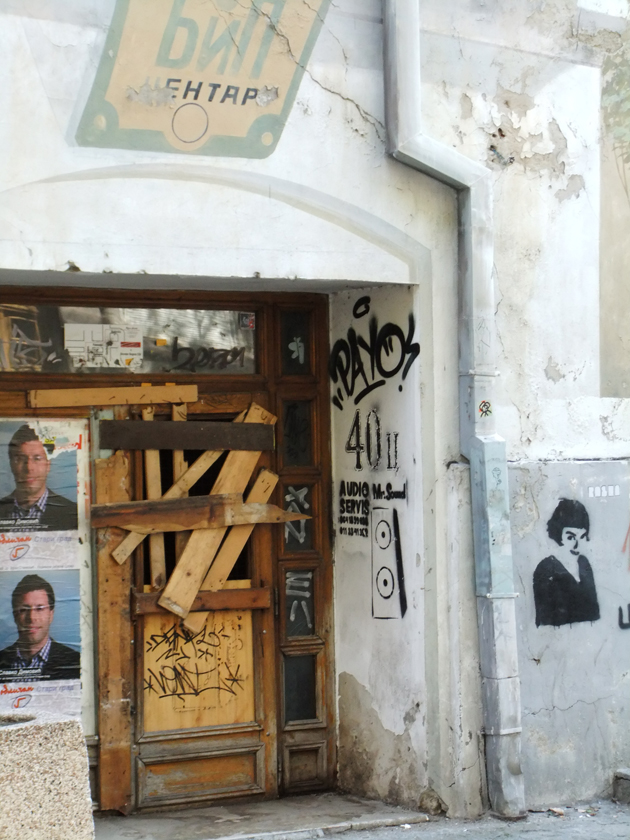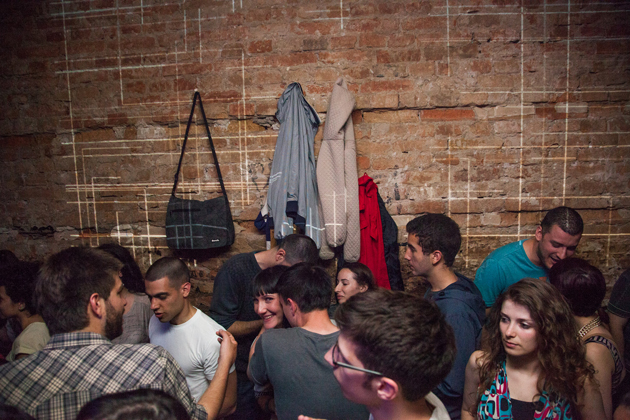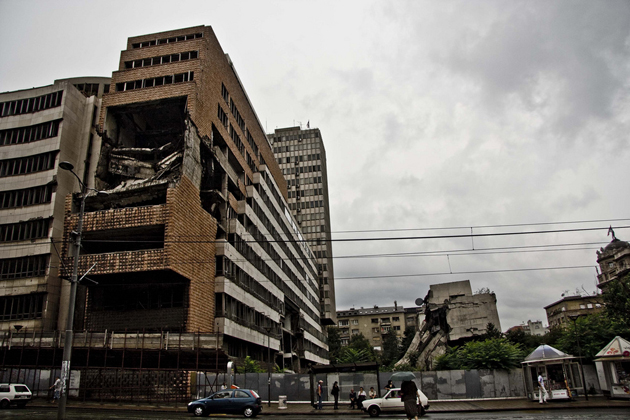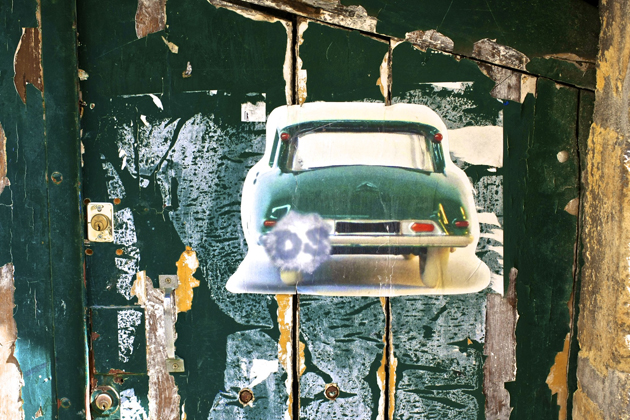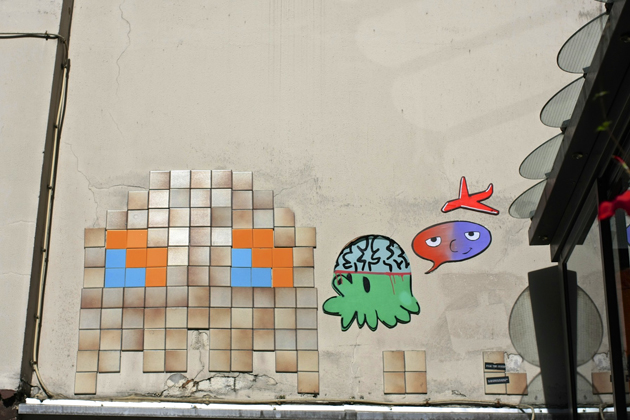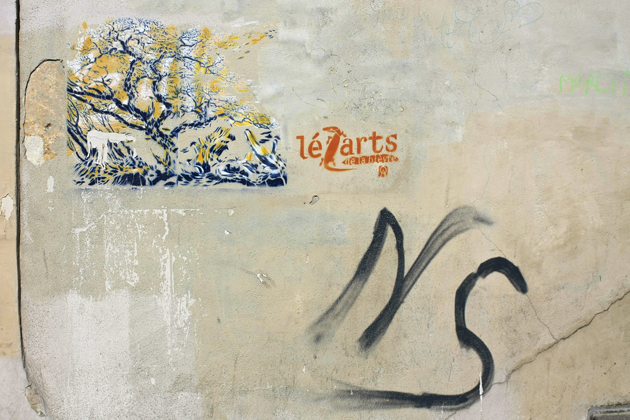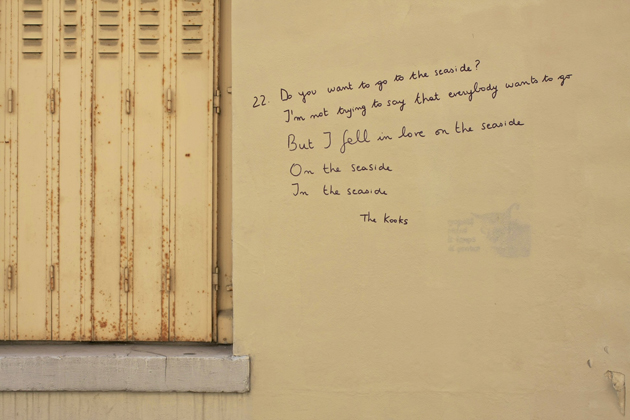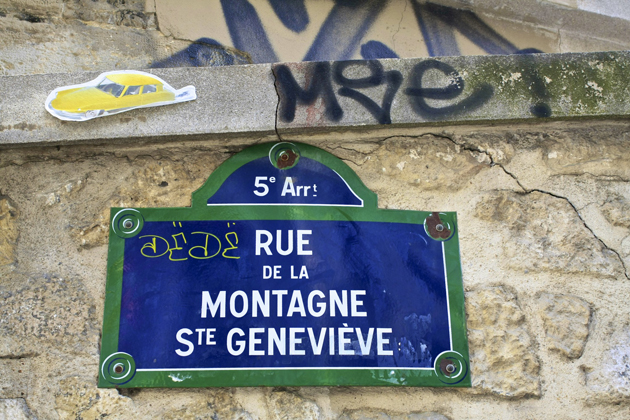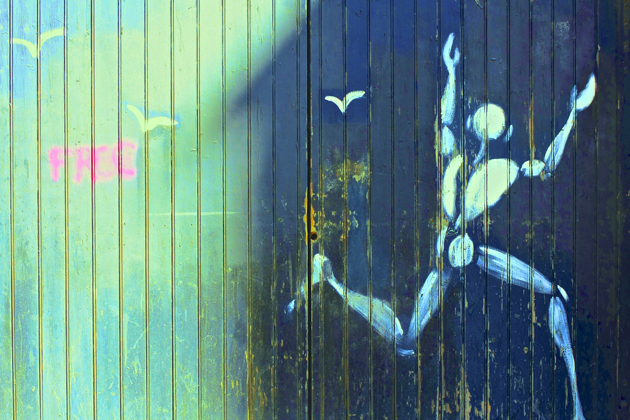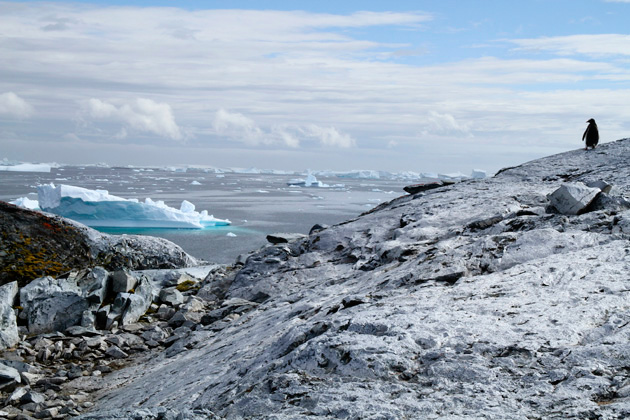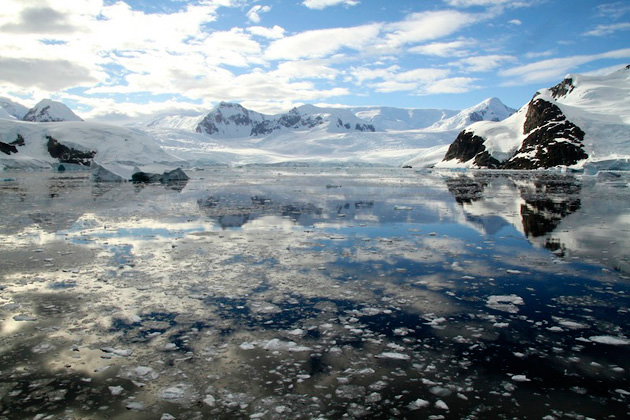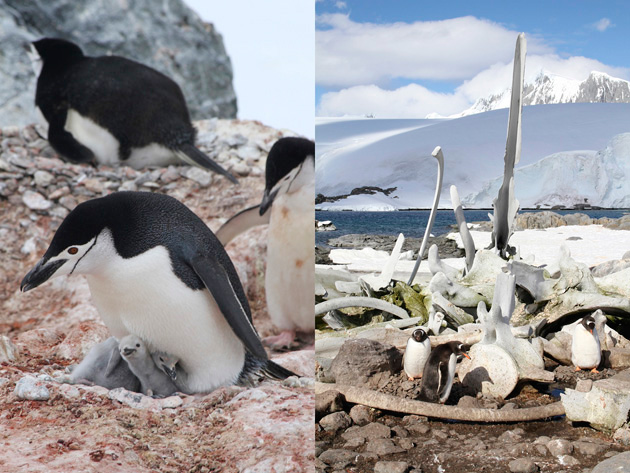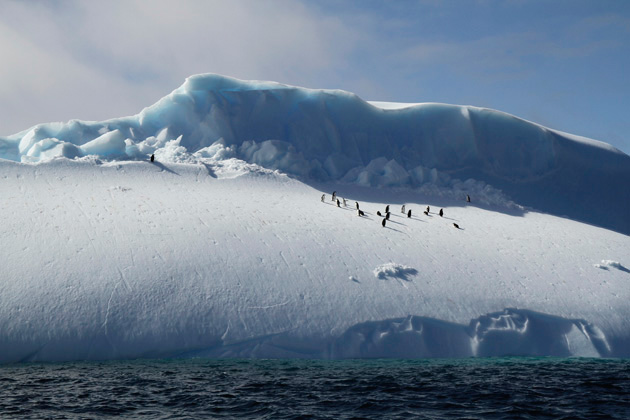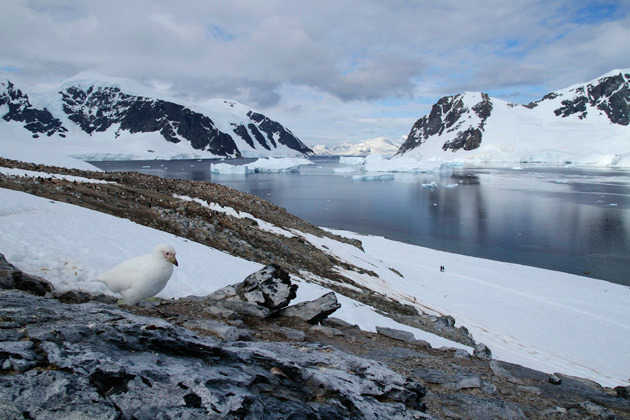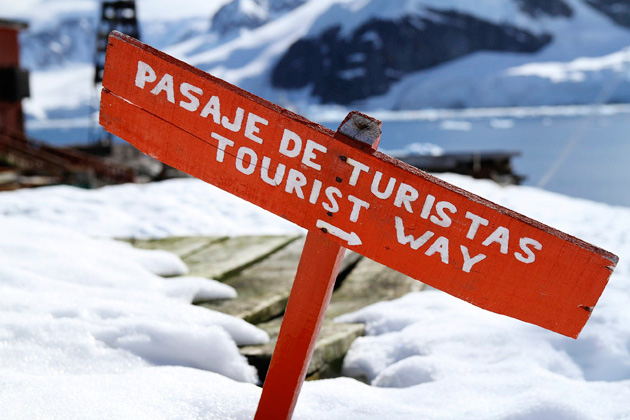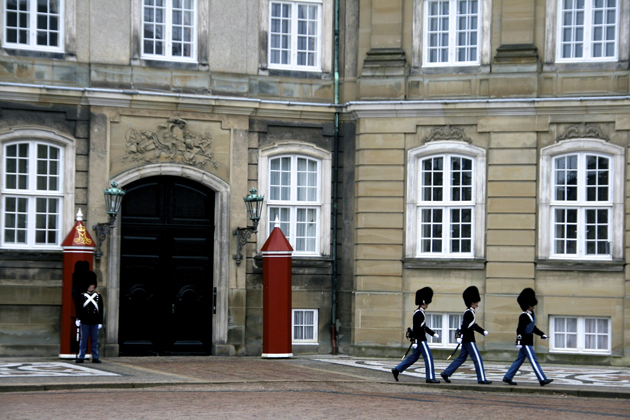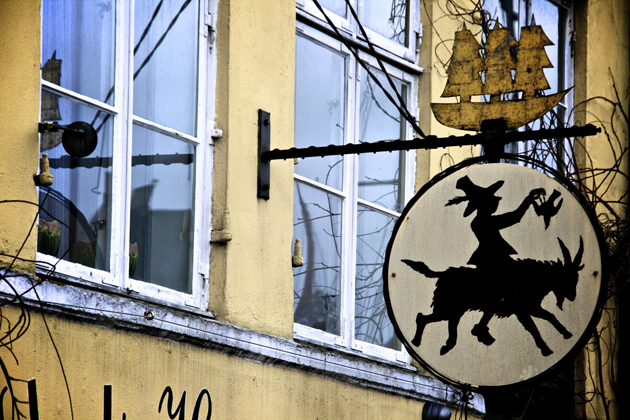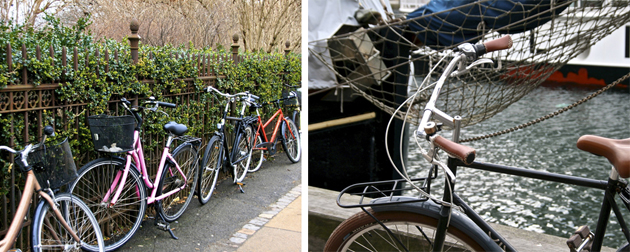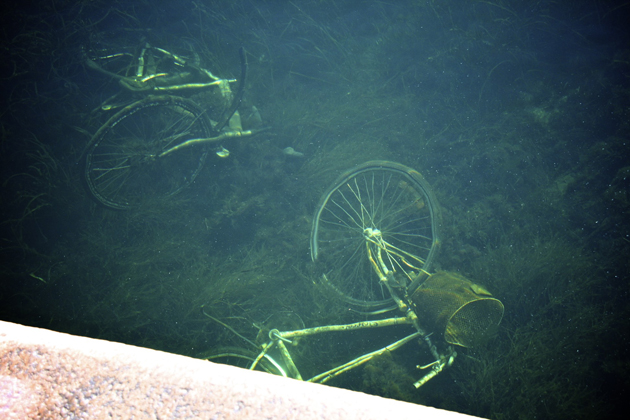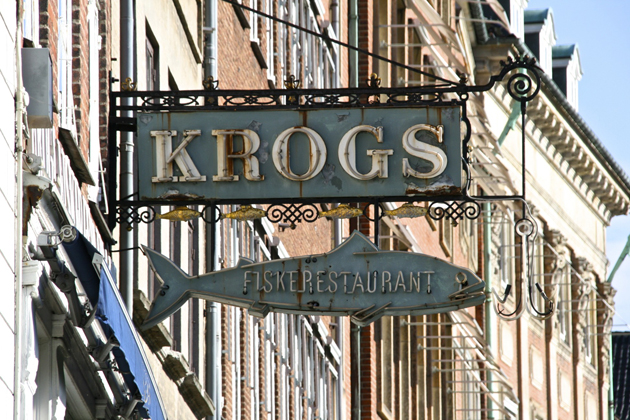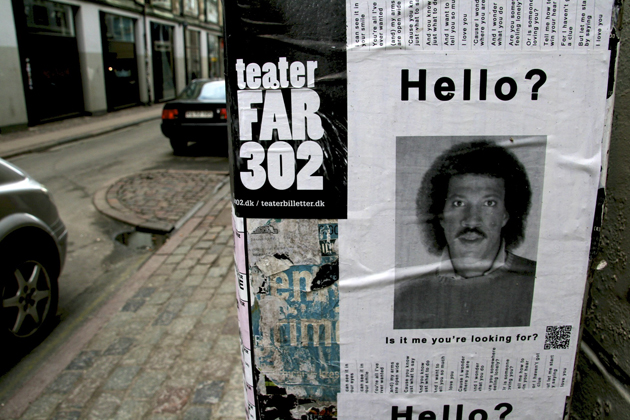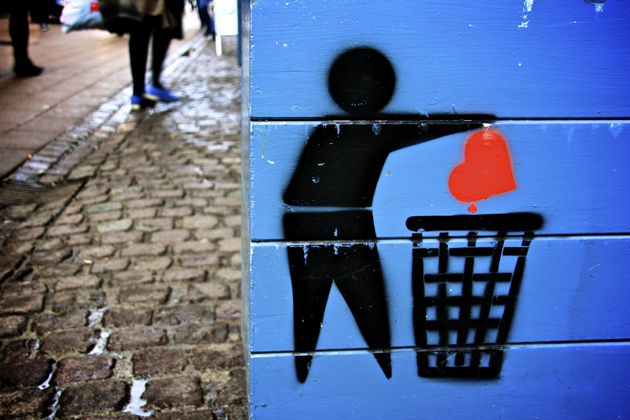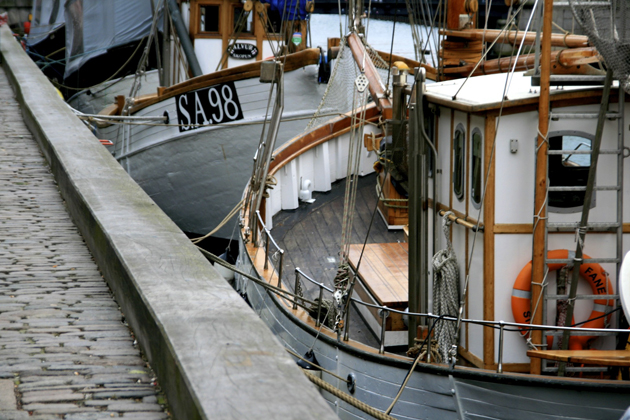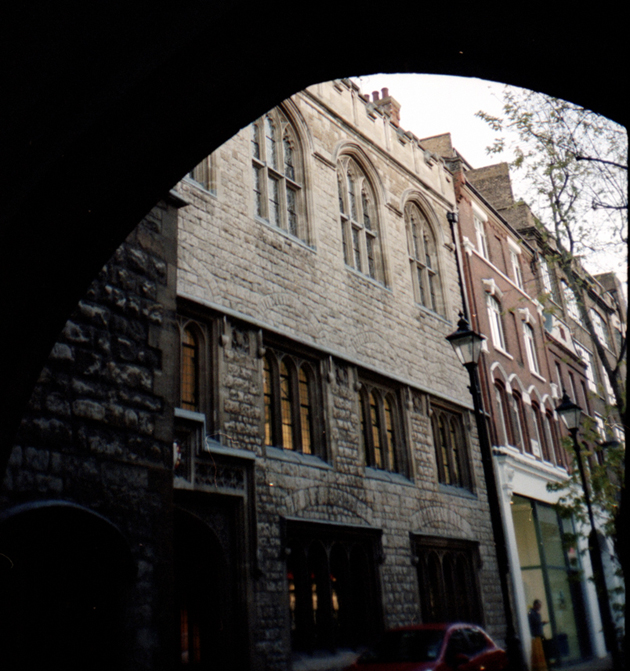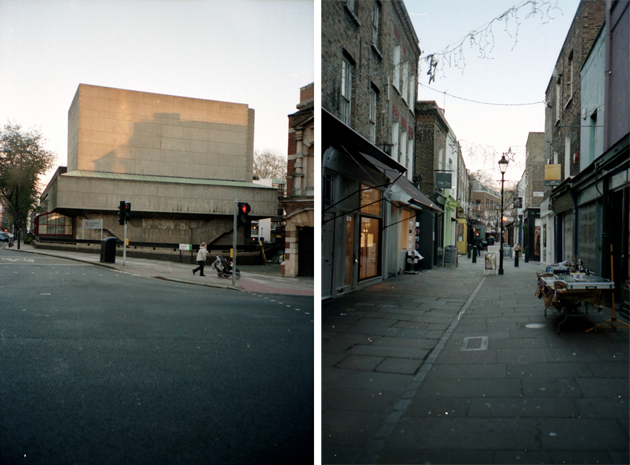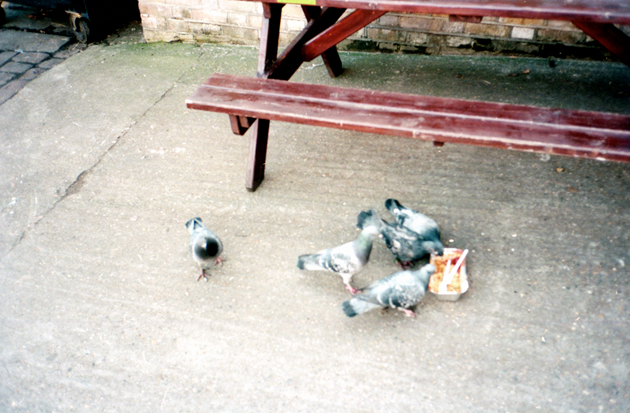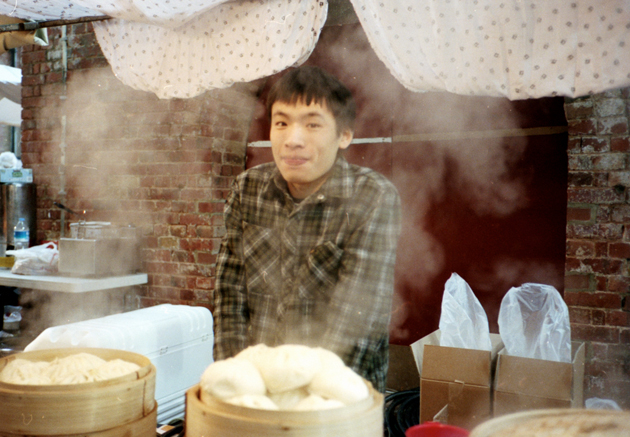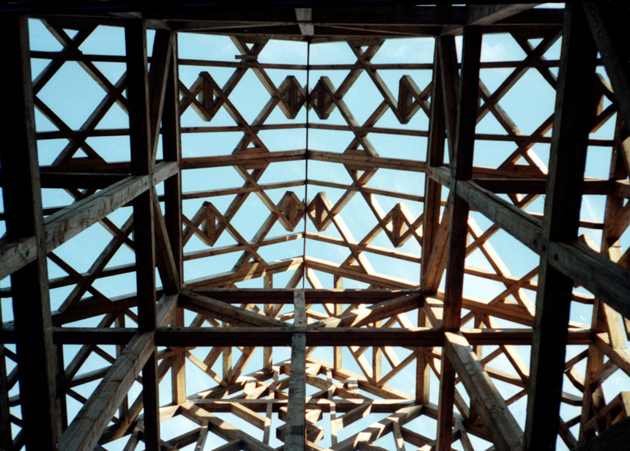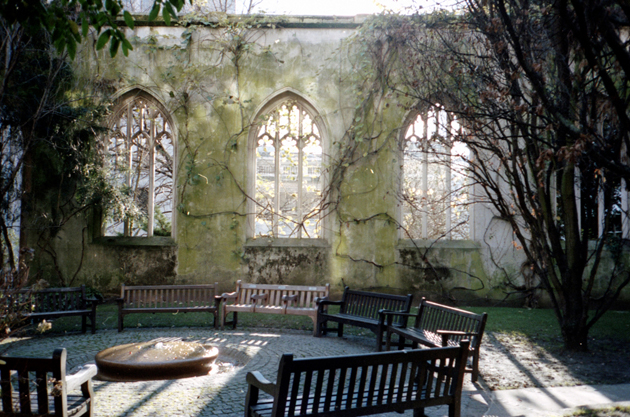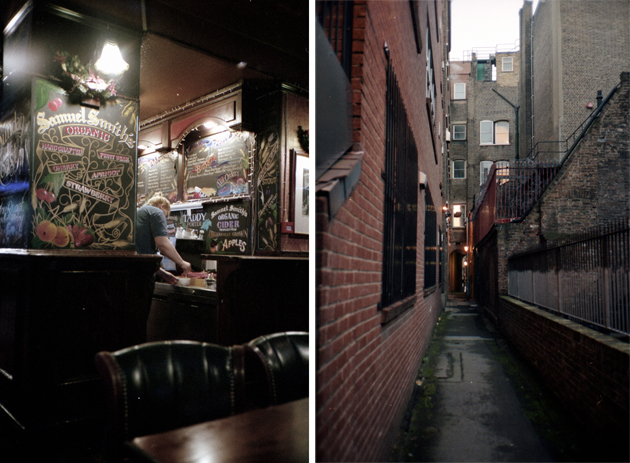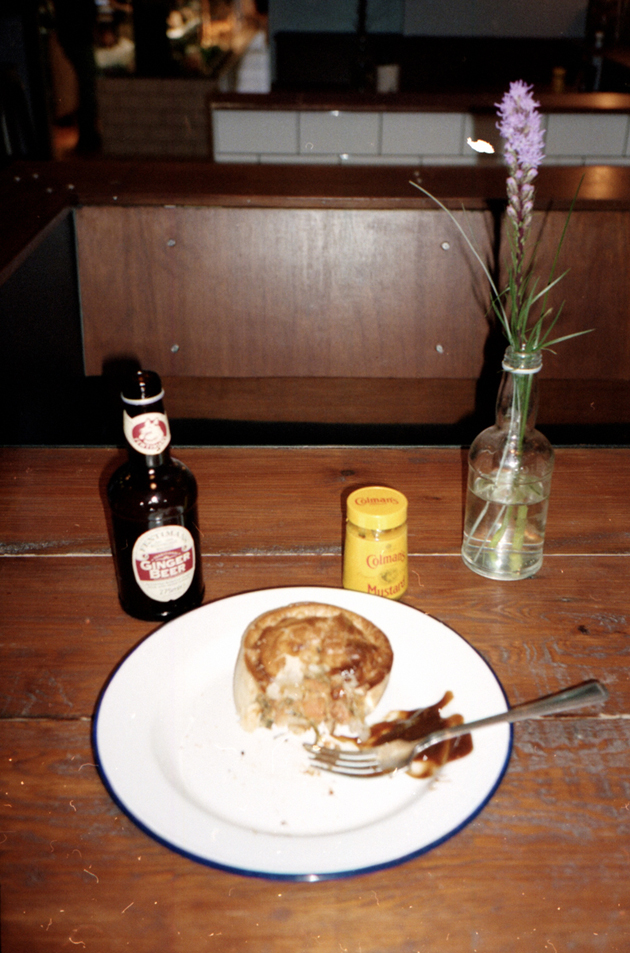The Greenhouse Effect
“A kitchen surrounded by fertile soil where vegetables and herbs thrive … Where daylight shines in from all sides and where the chefs are free to express their creativity daily using the best the season has to offer. It seems an obvious concept, but I spent twenty years surrounded by white tiles under fluorescent lighting before I came up with it.”
This was the vision of former Michelin star chef Gert Jan Hageman for his restaurant De Kas (The Greenhouse), which is situated in Frankendeal park in the east of Amsterdam. Originally the park was part of landhouse Frankendael, built in the late Golden Age when the city centre of Amsterdam was overflowing as it grew rapidly due to the enormous wealth. The park was restored in 2004, and has some typical curious features of the freestyle English gardens from the Romantic era, such as a fake ruin.
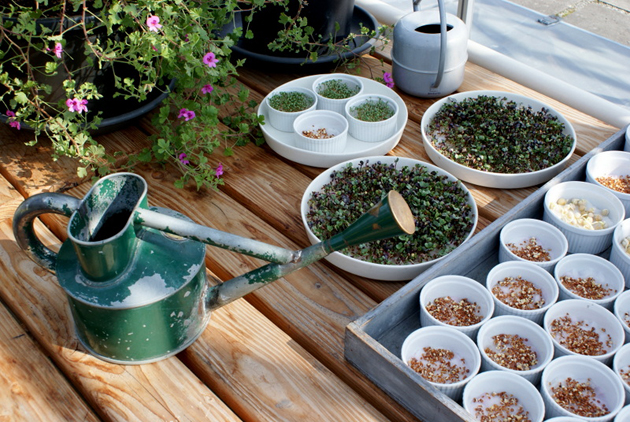
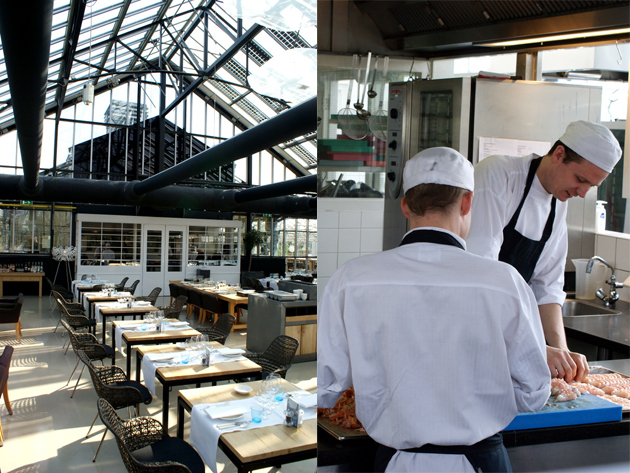
De Kas is situated in a former greenhouse built in 1926 when the park was used as a municipal nursery. After the nursery had shut down the greenhouse was supposed to be demolished, but in the late nineties Hageman took an interest in it. Unfortunately the greenhouse was damaged beyond repair, and it took Hageman several years to come up with the funding to rebuild it. In August 2001 the restaurant finally opened. It was designed by interior architect Piet Boon, and the concept as well as the look have been the same ever since. Because Hageman wanted to make the restaurant something permanent, an instutite, he decided to use durable materials for the interiors, such as hardwood tables.
De Kas features an actual vegetable garden, next to the entrance of the restaurant. From the beginning Hageman envisioned the restaurant as a place where seasonal and local products play a distinctive role. Nowadays durability, reducing carbon footprint (the average food item apparently has travelled 33.000 km) and so on might be a trend, but De Kas has been at it since the start.
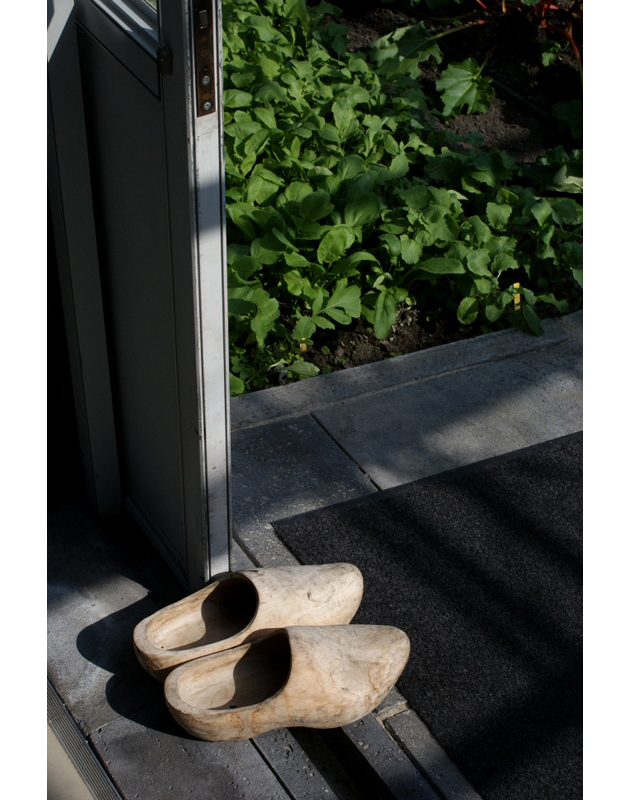
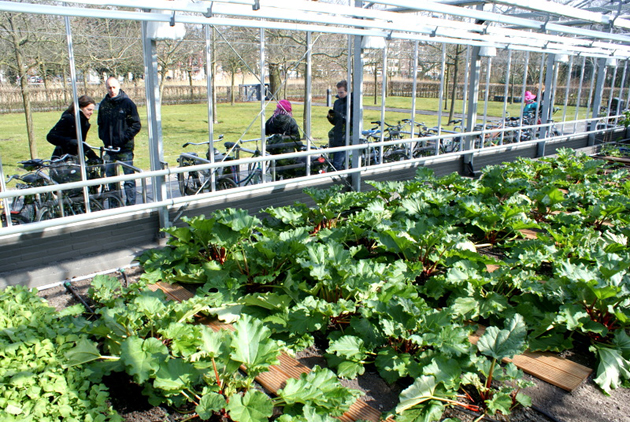
Depending on the season, different fruits, vegetables and herbs are being grown in De Kas’ greenhouse. Just outside of Amsterdam De Kas has a 5000 sq meter field and 2000 sq meter greenhouse, where Hageman, who no longer cooks, is responsible for growing the rest of the vegetables used in the restaurant. Every morning at 7AM fresh products are harvested, and by 10AM they arrive in the semi-open kitchen where they are cleaned and prepared meticulously. Other ingredients that are brought in, usually from local farmers and suppliers, are also cleaned in the kitchen, despite the labour intensity of products like the shellfish. De Kas not only features a semi-open kitchen, but whoever wants to can even book a table in the kitchen.
